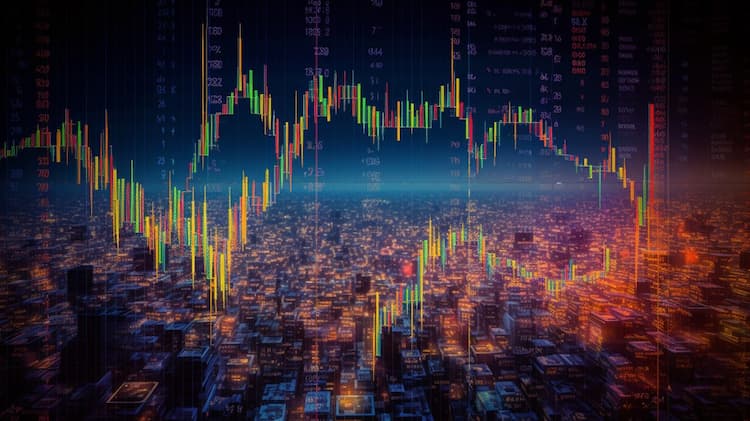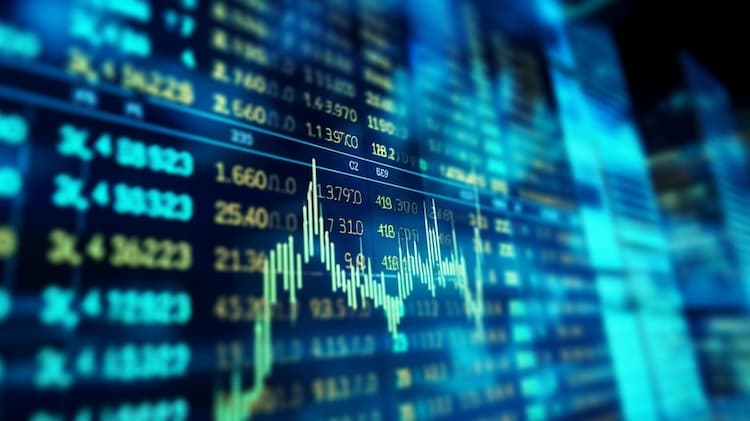
What are the best Clean Technology and Environmental Solutions ETFs?
If you're interested in investing in clean technology and environmental solutions, ETFs (Exchange-Traded Funds) can offer a convenient way to gain exposure to this growing sector. In this article, we will explore some of the best Clean Technology and Environmental Solutions ETFs available, highlighting their key features and potential benefits for investors. Discover the opportunities these ETFs provide in supporting sustainable and environmentally conscious companies while potentially generating financial returns.
Clean Technology and Environmental Solutions: A Growing Investment Theme
Clean technology and environmental solutions have become increasingly important as the world focuses on sustainability and combating climate change. As a result, investors are seeking opportunities to align their portfolios with this growing trend. One way to gain exposure to this sector is through exchange-traded funds (ETFs) that specifically target clean technology and environmental solutions.
Comparing iShares Global Clean Energy ETF (ICLN) and Invesco Solar ETF (TAN)
When it comes to clean technology and environmental solutions ETFs, two popular options are the iShares Global Clean Energy ETF (ICLN) and the Invesco Solar ETF (TAN). Both funds provide exposure to companies involved in renewable energy and clean technology, but they have slightly different focuses.
ICLN tracks the S&P Global Clean Energy Index and offers broad exposure to global companies involved in renewable energy and other clean technologies. The ETF includes companies engaged in activities such as solar energy, wind energy, hydroelectric power, and more. It has a diverse portfolio and aims to capture the overall growth potential of the clean energy sector.
On the other hand, TAN specifically focuses on solar energy companies. It tracks the MAC Global Solar Energy Index and provides investors with concentrated exposure to the solar industry. TAN's portfolio includes companies involved in solar panel manufacturing, solar installation, and related activities. This ETF is designed for investors seeking targeted exposure to the solar energy sector.
Both ICLN and TAN have experienced strong performance in recent years, reflecting the growing interest in clean technology and environmental solutions. However, it's important to note that investing in these ETFs comes with risks, including volatility and the potential for changes in government policies and regulations.
 ICLN overlap What are the best Clean Technology and Environmental Solutions ETFs?
ICLN overlap What are the best Clean Technology and Environmental Solutions ETFs?
The Benefits of Investing in Clean Technology ETFs
Investing in clean technology ETFs offers several benefits. First and foremost, it allows investors to support and contribute to the growth of sustainable and environmentally friendly solutions. Clean technology companies have the potential for long-term growth as they play a vital role in addressing global environmental challenges.
Additionally, investing in clean technology ETFs provides diversification across a range of companies within the sector. By investing in a basket of companies rather than individual stocks, investors can spread their risk and reduce exposure to any one company's performance.
Furthermore, clean technology ETFs offer convenience and ease of trading, as they can be bought and sold on stock exchanges like individual stocks. They also provide transparency, allowing investors to see the underlying holdings of the ETF and make informed investment decisions.
Considerations for Investing in Clean Technology ETFs
Before investing in clean technology ETFs, it's essential to consider a few factors. Firstly, investors should assess their risk tolerance and investment objectives. Clean technology ETFs can be subject to market volatility, and investors should be prepared for potential fluctuations in value.
Secondly, investors should conduct thorough research on the underlying holdings of the ETFs. Understanding the companies and industries represented in the ETFs can help investors make informed decisions about their investment strategies.
Finally, investors should be mindful of the expense ratios associated with the ETFs. Expense ratios represent the costs of managing the ETF and can vary among different funds. It's important to compare expense ratios and consider their impact on overall investment returns.
Conclusion
Clean technology and environmental solutions are rapidly growing sectors, and investing in ETFs focused on these areas can provide exposure to this important theme. The iShares Global Clean Energy ETF (ICLN) and Invesco Solar ETF (TAN) are two notable options that offer investors the opportunity to invest in renewable energy and clean technology companies. However, it's important to conduct thorough research, consider risk tolerance, and evaluate expense ratios before making any investment decisions.
Disclaimer: This article is for informational purposes only and does not constitute investment advice. The mentioned ETFs, iShares Global Clean Energy ETF (ICLN) and Invesco Solar ETF (TAN), are real ETFs, but their inclusion in this article does not imply a recommendation or endorsement. Investors should conduct their own research and consider their financial goals before making any investment decisions. We are not providing any investment advisory services.
Sources:
ICLN ETF issuer
ICLN ETF official page
FAQ
What are Clean Technology and Environmental Solutions ETFs?
Clean Technology and Environmental Solutions ETFs are exchange-traded funds that focus on companies involved in clean energy, sustainable technologies, and environmental solutions. These ETFs typically include companies engaged in renewable energy, energy efficiency, waste management, water conservation, and other environmentally conscious sectors.
What is the underlying investment strategy of Clean Technology and Environmental Solutions ETFs?
Clean Technology and Environmental Solutions ETFs typically aim to track an underlying index composed of companies that are leaders in clean technology and environmental solutions. The ETFs may use various selection criteria to identify companies that meet specific sustainability or environmental impact requirements.
What types of companies are included in Clean Technology and Environmental Solutions ETFs?
Clean Technology and Environmental Solutions ETFs include companies involved in renewable energy generation, such as solar, wind, and hydropower. They may also include companies engaged in energy storage, electric vehicles, energy efficiency technologies, sustainable agriculture, water infrastructure, and waste management.
What are the advantages of investing in Clean Technology and Environmental Solutions ETFs?
Investing in Clean Technology and Environmental Solutions ETFs allows for diversified exposure to companies at the forefront of sustainable and clean technologies. It provides an opportunity to support environmentally friendly solutions while potentially benefiting from the growth of the clean energy sector. ETFs offer liquidity, transparency, and the convenience of being traded on stock exchanges.
How can I evaluate the performance of Clean Technology and Environmental Solutions ETFs?
You can evaluate the performance of Clean Technology and Environmental Solutions ETFs by looking at factors such as historical returns, expense ratios, tracking error (the difference between the ETF's performance and the underlying index), assets under management, and the ETF's methodology for selecting and weighting companies.











